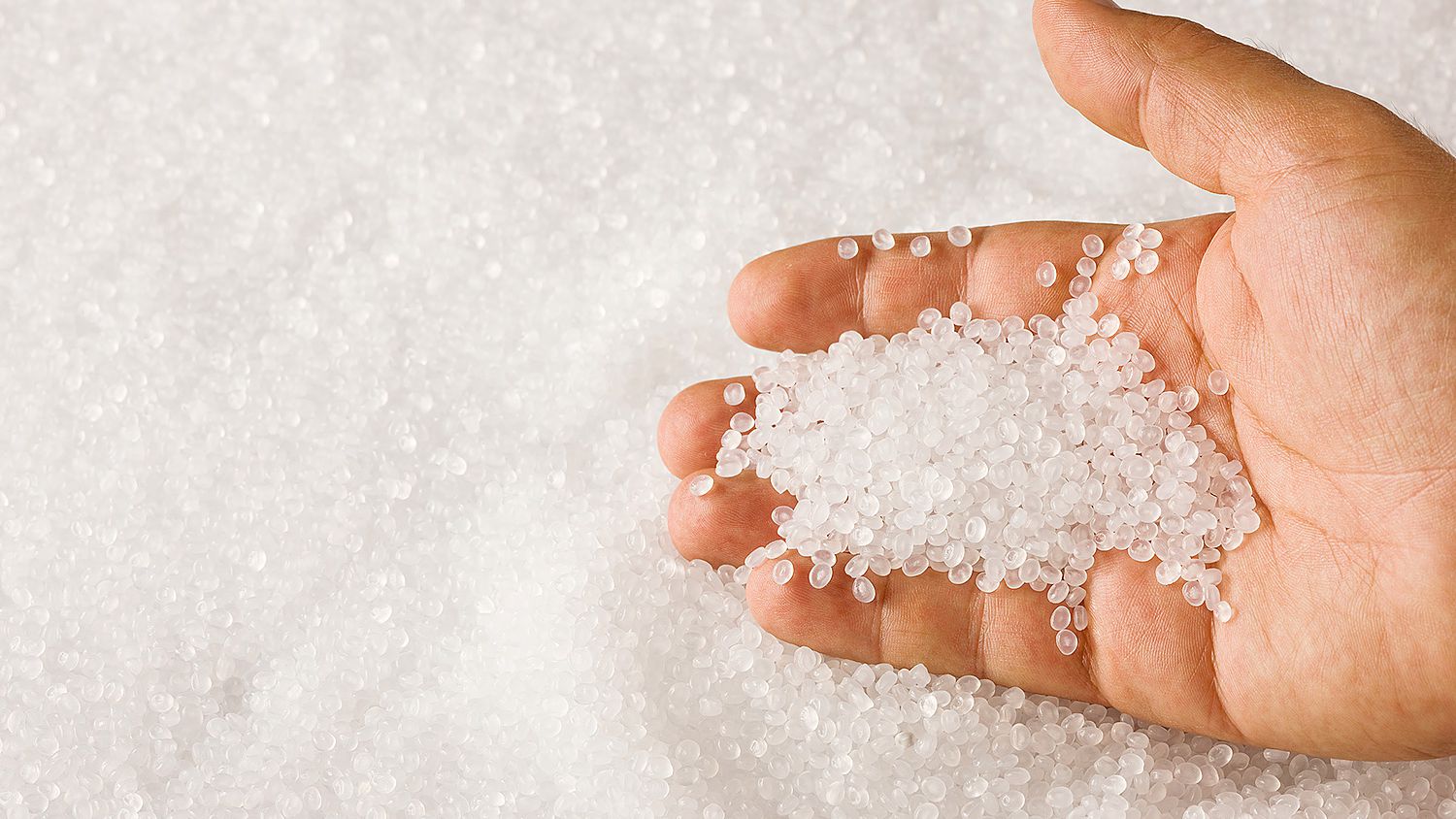Polypropylene is a highly versatile, durable plastic that is used widely across the world in numerous different sectors. It appeared on the scene in the early 1950s when petroleum scientists first polymerized it and recognized its potential. Polypropylene’s popularity grew rapidly, with widespread use established across Europe by 1957. Today, it is one of the most commonly manufactured plastics in the world.
One of the main applications for the versatile material is in packaging, which comprises around 30% of all polypropylene uses. It also plays a large part in equipment and electrical manufacturing, followed by food and beverages, household appliances, the automotive industry and construction.
What makes polypropylene so popular?
Polypropylene has a smooth surface which makes it ideal for a huge range of applications. It offers low friction properties for use in gears or contact points, as well as low density to reduce weight. It is easy to mold using injection moulding processes, can be cleaned and maintained without needing too much effort. It can be formed into extremely thin shapes too, that bend without breaking – useful for applications such as non-load-bearing hinges and devices such as squeezy sauce bottle lids or the tops of shampoo bottles.
Polypropylene is also extremely suitable for applications requiring a higher level of hygiene, due to its smooth surface and ease of cleaning. These include toys, cups, plates and food packaging trays. Polypropylene is also good for making packaging for cleaning agents and first-aid products, as its resistance to dilute acids means that it will remain safe and intact throughout its useful life. It can also retain its shape well, even after a lot of bending, squeezing or flexing. Its ability to withstand heat also allows the material to be used for microwave meal containers and packaging.
Staying on the topic of packaging, polypropylene is used for both flexible and rigid packaging products, often replacing cellophane, metal and paper due to the lower costs and greater versatility involved in its production. Polypropylene film is often found wrapped around confectionery, tobacco products and clothing, for example. Rigid polypropylene uses in packaging include plastic bottles, jars, caps and closures on crates and pallets. It is also used regularly in what the food and beverage and packaging industries refer to as ‘thin-wall containers’ like yogurt pots and disposable plastic cups. If you want to learn more about head to Adreco Plastics.
Colour choices and fine finishes
Finally, another reason why polypropylene uses are so widespread is that it is highly flexible in terms of finished appearance. It can be produced in almost any color (it has excellent colour-fast and waterproofing properties) and can be made in an opaque or transparent finish. Using the right plastic injection moulding techniques, polypropylene can form almost any shape and serve almost any purpose, from food packaging to car components. The polymer can be heated to its melting point, cooled and then heated again to enable recycling, thanks to its classification as a thermoplastic material, allowing multiple changes in the state of matter.
More reasons why we love polypropylene
Such is the versatility of this useful material is that polypropylene can also be used as a fibre as well as a rigid plastic. It is being used more and more to make synthetic rope products, carpets, upholstery and soft plastic promotional items, such as tote bags, sports bags, drawstring backpacks and clothing, which can be personalized with branding, logos or team names as required. Its waterproofing properties also help to keep sweat away from the skin – essential in sportswear and accessories. Polypropylene can also be found in bookbinding and stationary applications. Strengths of polypropylene in these particular sectors include high tensile strength, ability to hold its shape for a long time and useful flexibility around colour, shape and finish.
Polypropylene is relatively inexpensive, long-lasting and excellent at resisting moisture, chemicals and wear and tear. It also makes a good electrical insulator, making it perfect for covering wiring and live components in electronic equipment. It’s moisture-repelling surface also enable polypropylene uses to extend to outdoor furniture, such as garden chairs, tables and loungers. As its uses expand and take in more and more sectors, it is easy to see why polypropylene is fast becoming the plastic polymer of choice across the world.


